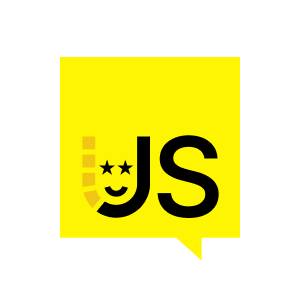A lot of recent talks at other conferences have talked about how to start using React and THREE.js to create 3D experiences on the web. In my career I've built several complex applications using those technologies, including a big Figma-like 3D editor, and I've learnt a lot of patterns and tricks on how to make it actually fast and scalable. Unfortunately, though, nobody is also talking about those tricks an what it really takes to build an rendering engine similar to the one that Figma uses.
My goal with this talk is to give people an overview of the challenges that may arise when you try scaling your application, and what are some lesser known tricks to overcome them: instancing, memory usage reduction techniques, SDF-based text rendering, GPGPU and tree data structures. Everything of course done with Javascript, React and THREE.js.
This talk has been presented at React Summit 2023, check out the latest edition of this React Conference.






















Comments